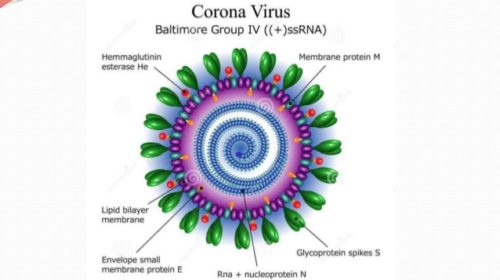A few basics about Tuberculosis
What causes TB?
TB is caused by a bacteria – Mycobaterium tuberculosis.
How does it spread?
The most common mode of infection is via respiratory root. The bacteria reaches air when a person carrying bacteria (patient or career of TB) coughs or sneezes.
The bacteria reaches your lungs through breathing. If your immunity is strong, you can beat the bacteria, and if your immunity is poor you catch the infection.
What are the common symptoms?
Patients with pulmonary TB (lung infection) usually have symptoms like cough with sputum, evening fever and weight loss. If the patient has extrapulmonory TB (affecting some organ other than lungs) patient would have symptoms associated with the organ e.g. headache, seizzures if brain is affected.
How is the diagnosis made?
High ESR (more than 100) in routine blood test with symptoms should raise suspision of TB. X Ray chest and sputum for AFB is often sufficient to diagnose.
How is TB treated?
The first line therapy with doctors advice is often effective. 6 months of therapy is often sufficient for pulmonory TB while longer treatment for more than a year is needed in extrapulmonory TB.
How to prevent spread of TB?
Sputum positive patient should use mask. Isolation of patient might be needed for resistant cases. People with poor immunity (kids, elderly, malnourished, diabetic, HIV positive people, pregnant females) are at higher risk of catching infection.
When to suspect MDR TB?
People who are exposed to patients of MDR TB, people with poor immunity and people who dont respond to treatment may possibly have MDR TB.
